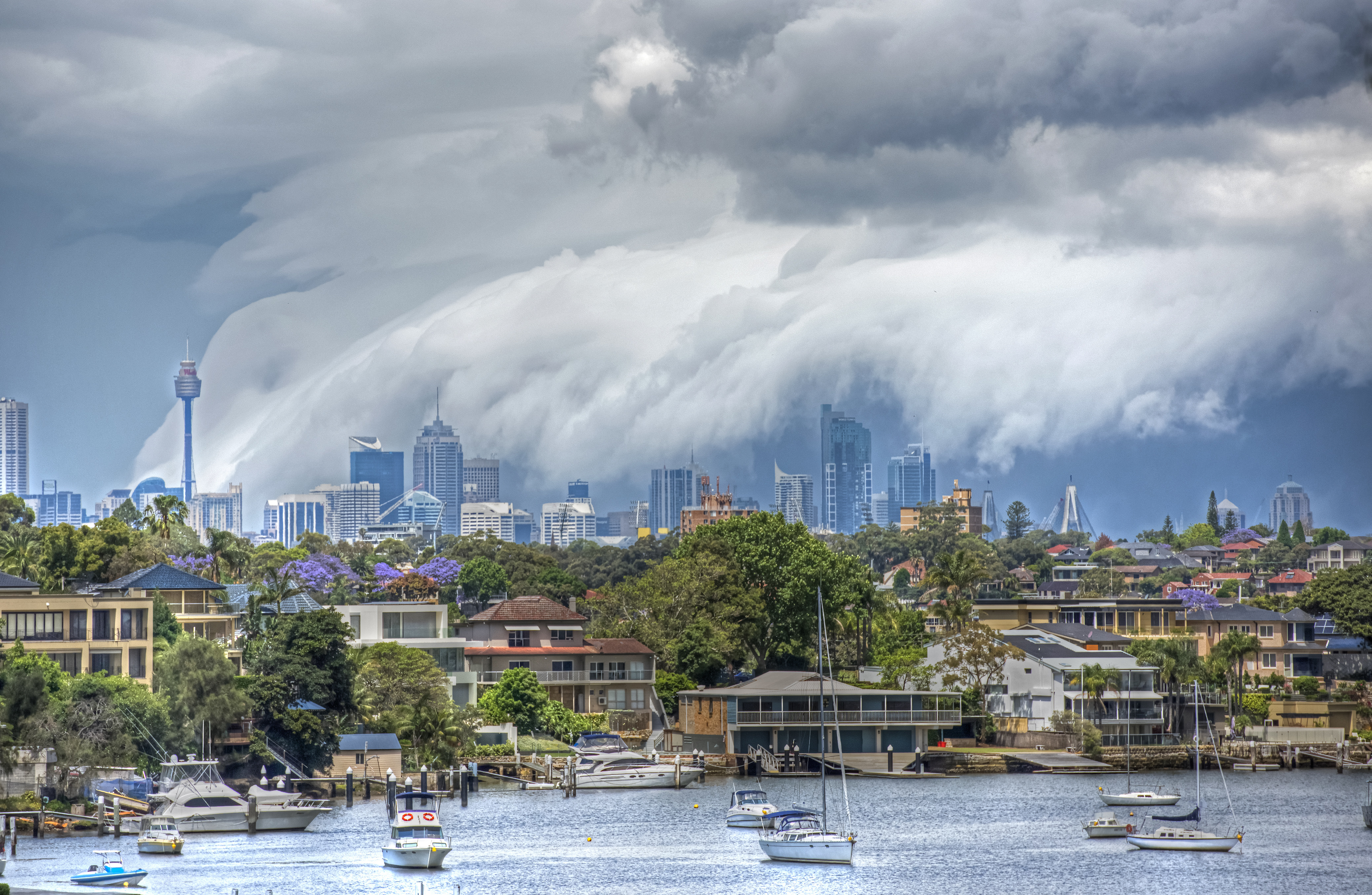Australia’s two biggest property markets, Sydney and Melbourne, are projected to hit new peaks by the end of 2020 that could see regulatory authorities reintroduce measures to calm an overheated market, according to RiskWise Property Research.
While the market has been subdued for around two years, the Reserve Bank’s interest rate cuts and relaxed lending restrictions have lured investors back to the sector.
As YMYL reported last week, the Housing Boom And Bust Report 2020 by SQM Research predicts that Sydney and Melbourne will lead double-digit increases in property values – 10-14 per cent and 11-15 per cent respectively – with other capitals also expected to record price rises.
RiskWise’s latest Risks & Opportunities Report concurs that the NSW and Victorian capitals are highly likely to be the top performing markets, well ahead of any others, with RiskWise Property Research CEO Doron Peleg warning that it could take housing affordability back to “square one” amid an undersupply of family-suitable properties.
Mr Peleg is not sure when the market will reach a “tipping point” where consumer confidence in relation to house price materially decreases – he doesn’t expect it will come in 2020 – but without regulatory intervention, sees it as inevitable.
“Buyer sentiment in relation to housing measures has noticeably improved and the Westpac-Melbourne Institute’s House Price Expectations and Time to Buy a Dwelling Indices show a consistent trend. Auction clearance rates have also recovered and are largely above 70 per cent in Sydney and Melbourne,” he said.
“As we predicted immediately after the election and in our previous Risks & Opportunities Reports, the market has materially improved with affordable areas that have shown resilience recovering well. Other areas, including lucrative ones that experienced strong price reductions, are now leading the way to this recovery.”
However, he said a significant reduction in dwelling commencements would continue to create a problem of undersupply of family-suitable properties in high-demand areas, while there was also a high level of supply of rental properties in some areas.
September ABS dwelling approvals showed a 32.6 per cent drop in Sydney and a 30.3 per cent in Melbourne.
“These imbalances are a major issue with a very material impact on dwelling prices particularly those unsuitable for families,” he said.
An increase in investor activity will have a major impact on dwelling prices and Mr Peleg said it was possible APRA would consider the reintroduction of macroprudential measures if it contributed to double digit growth, even with the potential for another RBA interest rate cut during 2020.
“A new tipping point is reached when properties become very unaffordable for owner-occupiers and the out-of-pocket costs for investors become so high, they cease investing. Banks will also become more risk aware and apply additional rules and requirements to ensure serviceability,” he said.
Since moving through a trough in May, the value of new owner-occupier home loan commitments has increased by 17.3 per cent through to the end of September and the value of investor loan commitments is up 8.4 per cent.
“APRA is watching the housing market closely, particularly given record-low interest rates, high household debt and signs of some revival in borrowing for speculative purposes,” Mr Peleg said.
“It should be noted that strong investor activity is perceived by the RBA as ‘speculation’ that increases the risk to the financial stability. Consequently, a major increase in investor activity is likely to trigger the reintroduction of macroprudential measures by APRA.”
RiskWise is now working on specific modelling to estimate the tipping point.




























Trending